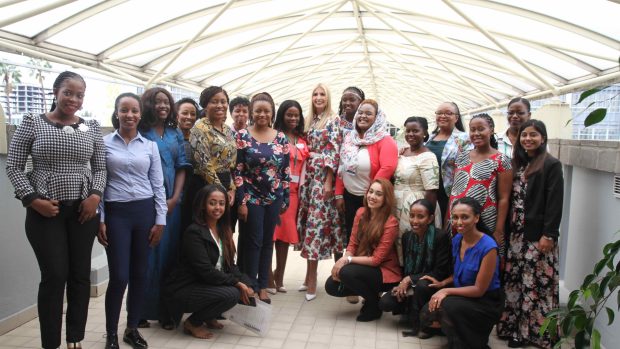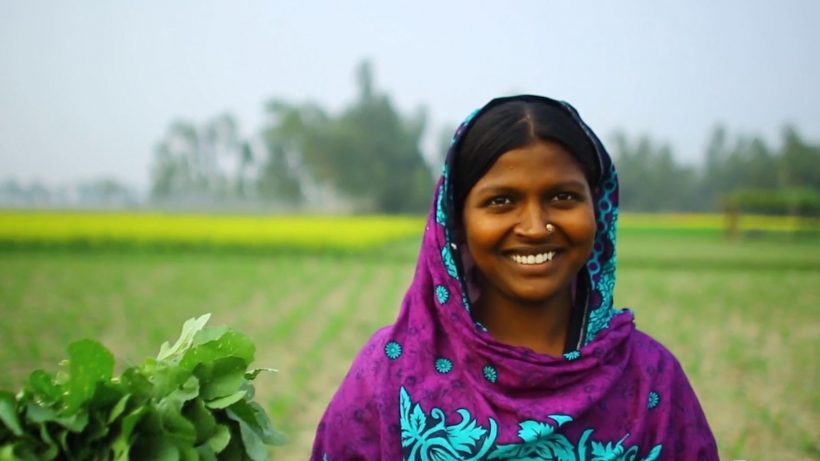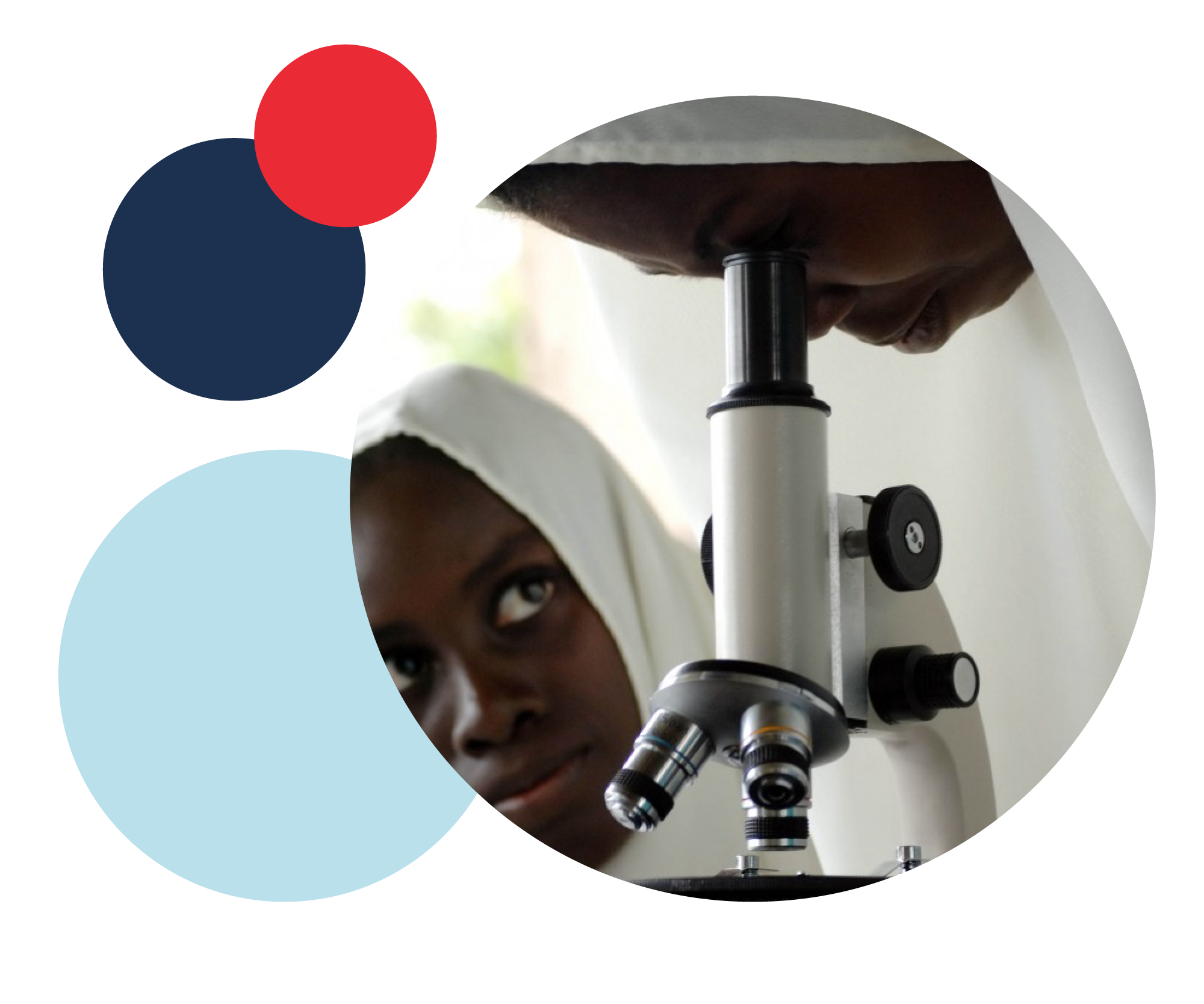Women’s Global Development and Prosperity Initiative

Introduction
Overview
When women are economically empowered, they re-invest in their families and communities, producing a multiplier effect that spurs economic growth and contributes to global peace and stability. In February 2019, President Trump established the Women’s Global Development and Prosperity (W-GDP) Initiative, also led and created by Advisor to the President, Ivanka Trump. This initiative is the first whole-of-government effort to advance global women’s economic empowerment.
W-GDP seeks to reach 50 million women in the developing world by 2025 through U.S. government activities, private-public partnerships, and a new, innovative W-GDP Fund. In its first year, W-GDP reached 12 million women worldwide.
The W-GDP Initiative aims to enhance opportunities for women to participate meaningfully in the economy and advance both prosperity and national security. W-GDP focuses on three pillars: Women Prospering in the Workforce, Women Succeeding as Entrepreneurs, and Women Enabled in the Economy.

Women Prospering in the Workforce
Workforce Development, Vocational Education, and Skills Training
A healthy global economy is critical to America’s economic and national security, and depends upon the economic contributions of both women and men. Around the world, women’s labor force participation rates are unequal to men’s, decent work opportunities are far too limited, and significant gender pay gaps in the labor market remain. Growing evidence reveals that women’s low participation in the formal labor markets of developing countries impedes economic growth and poverty reduction.
Many women face multiple barriers when trying to enter, remain, or advance in the workforce. The problem starts early, as societal norms and expectations often keep girls and women from pursuing education and skills training. Globally, women are more likely than men to shoulder the time burden of unpaid activities, such as cleaning the home, caring for children and elders, and collecting clean water. These practices often prevent them from obtaining education, training, and skills needed to enter into higher-wage, high-growth occupations, such as science, technology, engineering, and math (“STEM”) where men are disproportionately employed. For instance, women make up nearly half of the agricultural labor force in many African countries, but without equal access to adequate training and certifications, women are often working in the lowest-paid roles and tending low-value crops. With a more level playing field, female farmers could increase their yields, feeding their families and more people around the globe.
Women also face less access to digital services, which can be a platform for training, employment, and financial services, facilitating women’s economic empowerment. More than 1.7 billion women in low and middle-income countries still do not own a mobile phone, and they are 26% less likely to use mobile internet than men. These factors reinforce women’s economic inequality.
Women’s economic empowerment and equality exist in the workforce when women receive the same market-relevant education and vocational opportunities as men and boys, and, once in the workforce, have the ability to organize work for enhanced productivity and compete on equal terms for job openings, advancement, and retention with equal pay for work.

